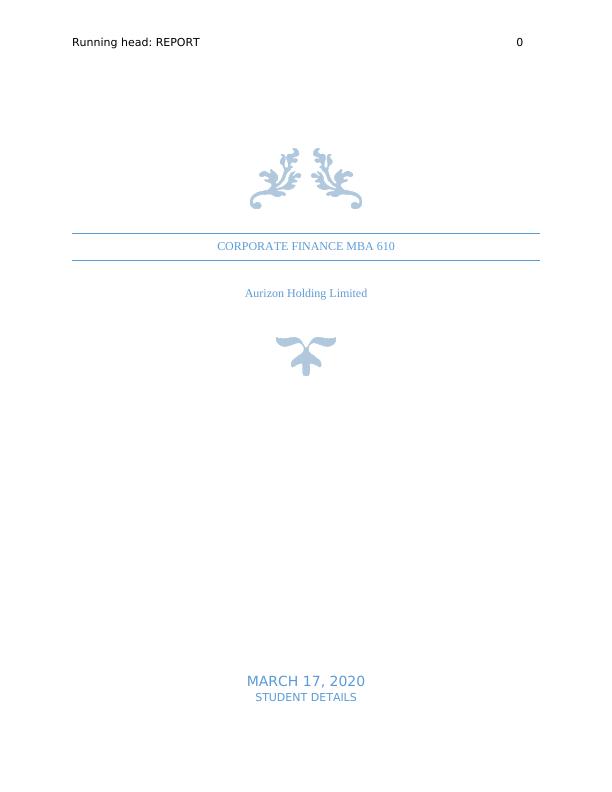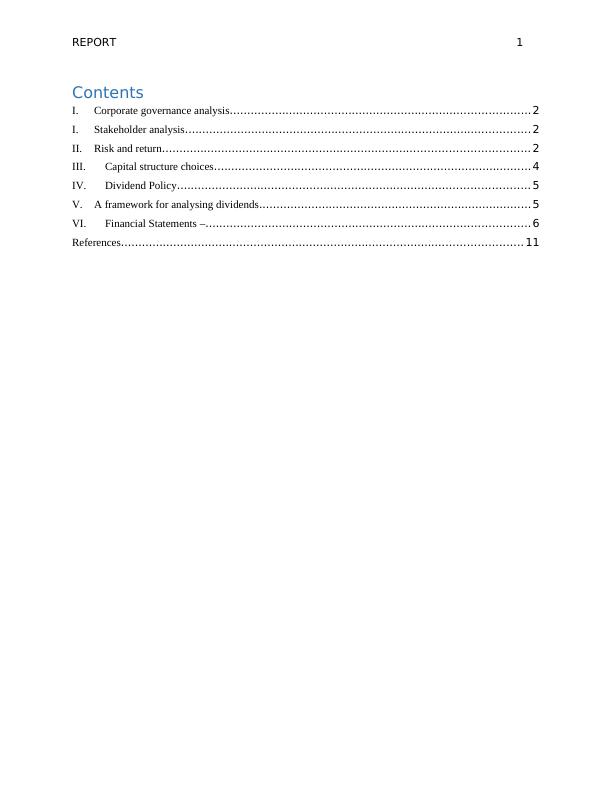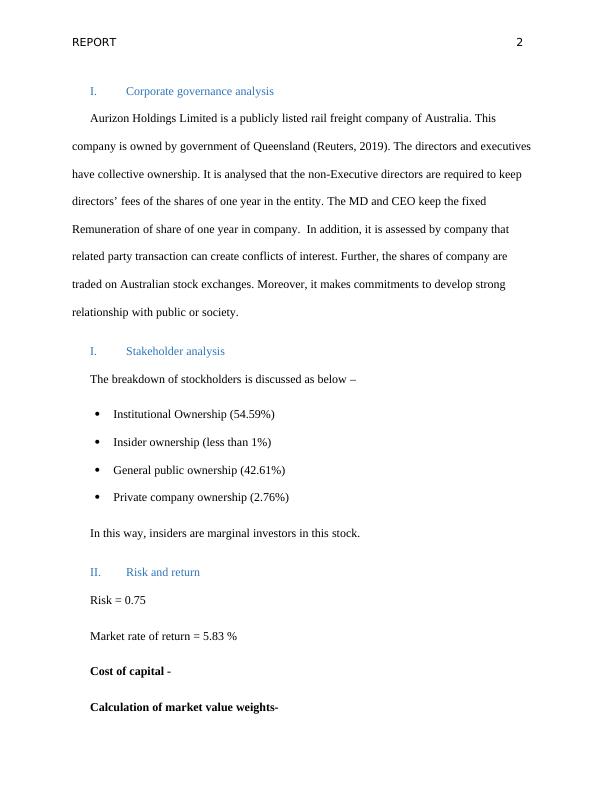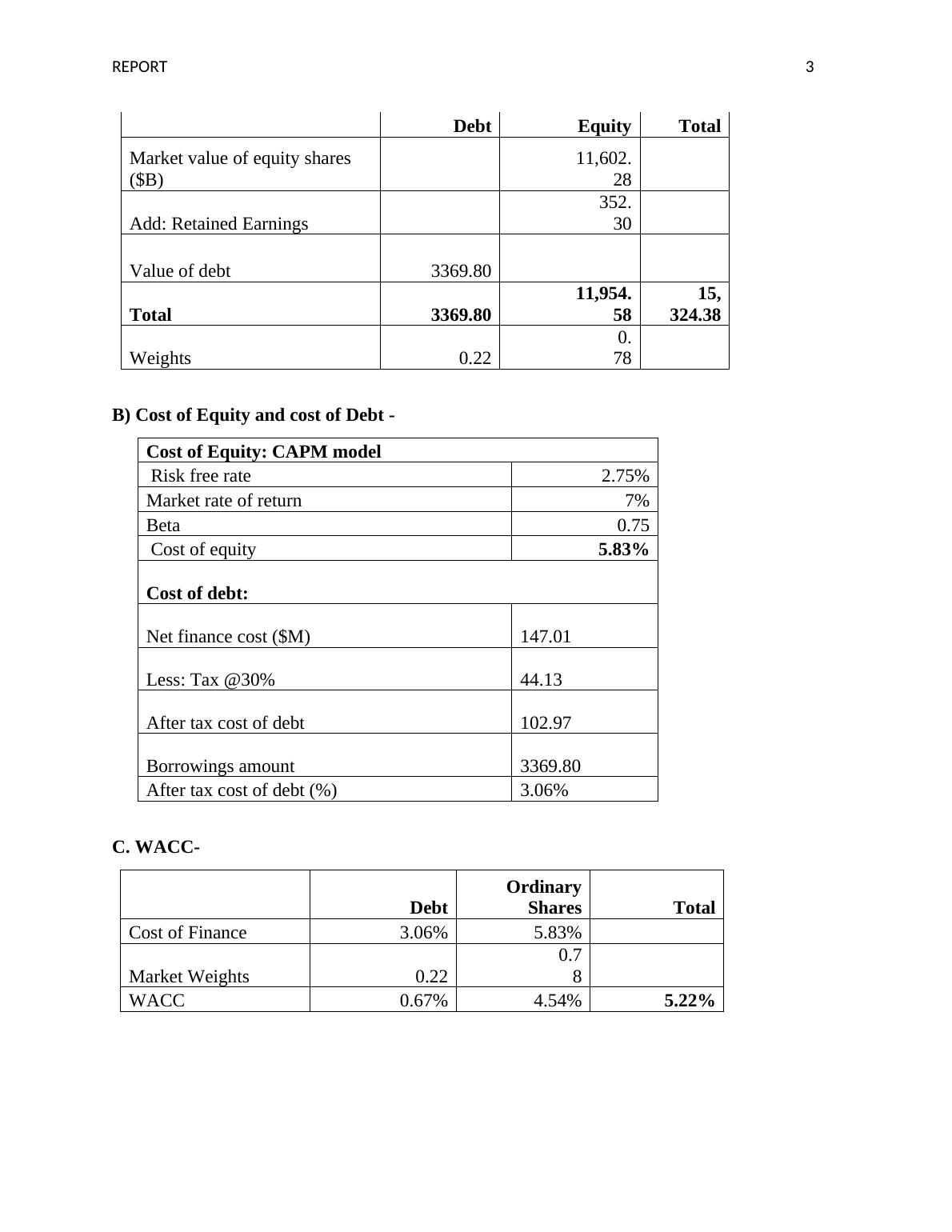Do you need an MBA in Corporate Finance?
Picking a publicly traded company and analyzing its corporate governance, management responsiveness to stockholders, conflicts of interest, and interaction with financial markets.
11 Pages845 Words15 Views
Added on 2022-08-21
Do you need an MBA in Corporate Finance?
Picking a publicly traded company and analyzing its corporate governance, management responsiveness to stockholders, conflicts of interest, and interaction with financial markets.
Added on 2022-08-21
ShareRelated Documents
End of preview
Want to access all the pages? Upload your documents or become a member.
Calculation of WACC and Net Present Value for Business Finance
|8
|1375
|97
Capital Structure and Risk Management Analysis of AMP Limited
|11
|1572
|361
Financial Management & Int Finance Study
|5
|935
|58
Financial Management of Organisation
|14
|3498
|47
Fundamentals of Finance: WACC, NPV, IRR and Payback Period
|9
|1578
|348
Application and Effect of Capital Budgeting
|11
|1700
|16




